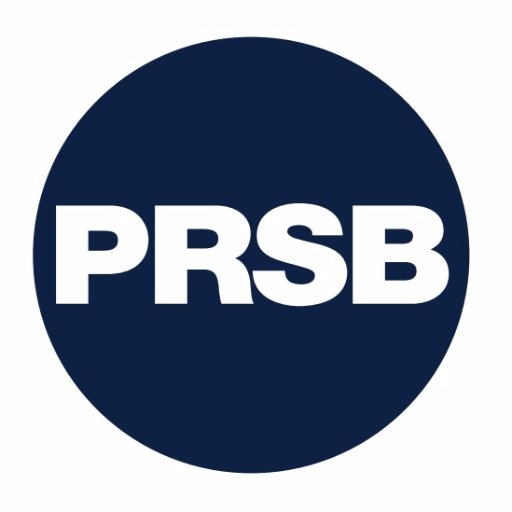Shared Decision Making (SDM) - a patient's perspective on a new standard


CPOC Patient Representative
The Professional Record Standards Body (PRSB) has been working closely with patent groups and clinicians to develop and embed within the NHS a generic standard for recording shared decision making (SDM).
Lawrence Mudford, who sits as the patient representative on the CPOC Board, has been involved in both of the development phases, as the citizen lead.
Here, he shares some thoughts on the benefits to patients from this exciting development in patient choice.
What can a standard in SDM record keeping mean to patients?
"The PRSB information standard on shared decision making provides a framework for clinicians to record the decision-making process between themselves and their patients. The standard has been developed based on GMC and NICE guidelines, which have shaped patient choice and decision making over the past few years following the Montgomery ruling in 2014.
The standard sets out the information that should be recorded for a shared decision making discussion between a clinician and patient, and then shared afterwards with the patient and other professionals who care for them.
So at every stage when recording a SDM decision, there is a process that is comprehensive, easy to use, fully involves patients in their own choices and importantly, allows information to be available to other health professionals - which saves the patient going through the same recording of information whenever they see a new clinician".
Why is there a need for SDM within healthcare?
"There is a growing body of evidence that shows that many patients increasingly expect, and hope to be at the centre of all the healthcare decisions that affect them. Clinicians also naturally wish to support patients in their decisions and choices.
One recent survey by CPOC found that 39% of patients wanted more support or information to help make decisions about their choices for treatment and 68% said that they would welcome a comprehensive conversation between patients and their clinician about their treatment options, to make sure that they can make an informed decision about their care.
This is the backdrop to Shared Decision Making, a conversation that brings together what two parties know best:
- the clinician’s expertise, such as treatment options, evidence, risks and benefits
- what the patient knows best: their preferences, personal circumstances, goals, values and beliefs.
When used correctly, this conversation has important benefits that patients value: improved communication, improved outcomes, reduced dissatisfaction, better expectations and less regret over the decision to have a particular treatment. This last point is crucial, as a study has indicated at as many as 14% of patients who underwent an operation , expressed regret and said that if only they had properly known the risks and alternatives, they would not have had an operation. This ties strongly with a person's personal circumstances, their goals and aspirations and expected quality of life outcomes".
What are the benefits to patients from this standard?
"To have a Shared Decision Making recordable standard, that could be embedded throughout the NHS would greatly improve the choice and decisions of millions of people overnight and, at the same time, allow a genuine 'patient centric' approach to healthcare.
The top benefits from this guidance for patients will be:
- improved knowledge and understanding
- more accurate decisions based on risk perceptions
- greater comfort with decisions
- more participation in decisions and an enhancement of the patient-professional partnership
- fewer patients choosing inappropriate surgery
- Improved patient experience
In addition, because the development of the standard was founded on a solid base of co-design and co-production from the outset, the voice of the patient has been captured throughout. The development was carried out in partnership with NHSE/I Personalised Care Group, Academy of Medical Royal Colleges, Centre for Perioperative Care and Patient Information Forum, which makes this a comprehensive and valid process on which to base a standard. And specifically, the voices of patients and public were recorded throughout using surveys, webinars and first hand interviews with people who had valuable experiences with lived experiences of SDM - both positive and negative.
Thus the resultant standard can be seen as a true representation of all people and parties that wish the benefits of SDM to enhance the decision making process of a patient".
What comes next?
"The production of an information standard is in many respects, just the start of the road to improving patient choice and their increased satisfaction in their healthcare decisions.
A quote from Winston Churchill may be appropriate - 'Now this is not the end. It is not even the beginning of the end. But it is, perhaps, the end of the beginning'.
The next stage will be to see this draft standard endorsed and then embedded within the NHS. This will involve Pilot testing of the standard in several different settings and disciplines to ensure the standard is usable in practice as well as a large piece of work liaising with suppliers and providers during the pilots to support an effective implementation. In addition, there is a need to minimise the burden on clinicians of the introduction of a new standard, through automated processes and developing templates for capturing the information.
And of vital importance, it will be necessary to include education and training on SDM for clinicians as well as to work to empower patients and the public so they can take an active role in SDM and their healthcare.
Change can sometimes be seen as slow within healthcare and the benefits can lag behind implementation. This however, once endorsed and tested could have an amazing and long lasting benefit to patients and clinicians in the future healthcare models that are currently being rolled out within the NHS."

